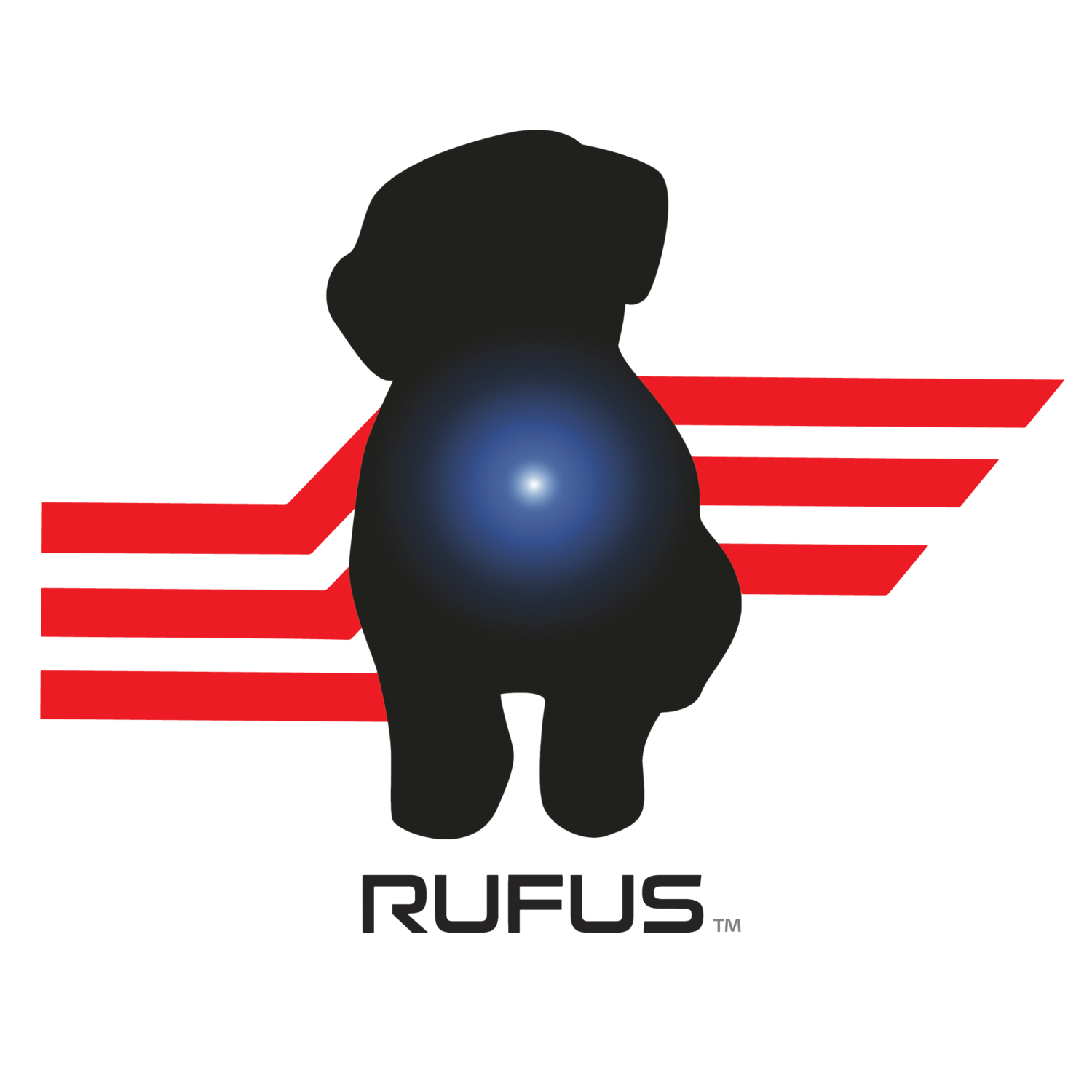Labor Productivity Growth and Why Business Are Doubling Down on Technology
It's safe to say we could use some good news for a change, particularly when it comes to productivity.
As it turns out, productivity, which is measured by workers’ output per hour worked, increased by 2.2% between 2020 and 2021 — that's up from a 0.9% average annual growth we maintained for a decade prior to the pandemic, according to an article in the Wall Street Journal. And there's more: People aren't working more hours to produce these productivity gains. Instead, they're becoming more efficient during their working hours. Over time, this can boost our standard of living, without fueling inflation.
The driving force behind this productivity boom? A massive uptick in investments of technology. The pandemic paired with supply chain delays have triggered companies to look inward at what they control. Businesses have analyzed their manual processes and are looking to squeeze productivity anywhere they can — and software solutions are often the answer.here are three key reasons companies are stepping up their technology:
1. Hedge against inflation: Inflation and other factors are causing constant shifts in consumer spending, demand and prices. But tools like artificial intelligence (AI) forecasting, have become proficient at honing in on these signals, allowing business owners to better predict and plan.
2. Supply chain delays: Supply chain and transportation disruptions can deeply impact inventory and production. Fortunately, improved tracking, as well as inventory and asset management systems, can pinpoint areas of friction that could slow down supply chains.
3. Rising shipping costs: Inflation, consumer demand, and supply chain shortages all play a role in the rising cost of deliveries. However, there are software solutions that provide more precision ordering and less waste. Additionally, tools like scanners allow you to better track the packaging and shipping processes, making it easier to verify the accuracy of orders and replenish shipping supplies as needed.
The labor shortage is another driving factor in the recent push toward technology. The Labor Department reported 11.3 million job openings in January, as more and more workers quit their jobs and companies struggle to recruit and retain employees. By embracing readily available technology, companies are working toward eliminating some menial, mind-numbing tasks. For example, wouldn't we all prefer to shoot off an email rather than go through the tedious process of sending a fax? Getting rid of some of the more monotonous tasks — that, frankly — people don't like doing, also helps with recruitment. Plus, a leaner workforce, enhanced by the right technology, allows businesses to boost employee pay and bonuses.
As we're all aware, the massive shift to remote work also caused companies to embrace a variety of online tools and software, seemingly overnight. Even as workers return to the office, they're not returning to the old (often less efficient) way of doing things. For instance, businesses that automated their inventory and asset management systems, so employees outside the office could stay connected, aren't reviving the outdated manual processes.
Ways Companies Are Implementing Technology
If you're interested in boosting your business' technology, there are three key trends in how companies are investing.
1. Upgrading workforce technology from handheld legacy devices to wearable technology
Equipping your employees with the right tools can automate critical business processes and provide visibility and accuracy, in real-time.
Rufus WorkHero offers a variety of wearable barcode scanners that are both effective and ergonomic. By allowing workers to operate hands-free, these scanners improve productivity and efficiency up to 50 percent. Additionally, familiar Android devices with automatic barcode pairing help your employees onboard quickly and reduce training time.
2. Exploring ways to connect workers to automation
Operations are often complex, so it's vital to visualize what's happening throughout your workflow. By connecting workers to automation, you can access insights into errors, particularly repetitive errors, and better investigate what's behind ongoing issues. Additionally, with all the moving parts in your operation, you can track the performance of your equipment, allowing for a higher level of quality control.
3. Labor performance tracking
WorkHero also includes Rufus Intelligence, a productivity management software solution, that offers visibility into performance and productivity. With Rufus Intelligence, you can visualize each worker’s scanning activity, including the number of labor hours put toward different tasks, and the activity levels throughout their shift.
Over time, you can use this data to pinpoint any bottlenecks, predict the resources you'll need for the future and anticipate the precise number of employees needed for maximum efficiency.


